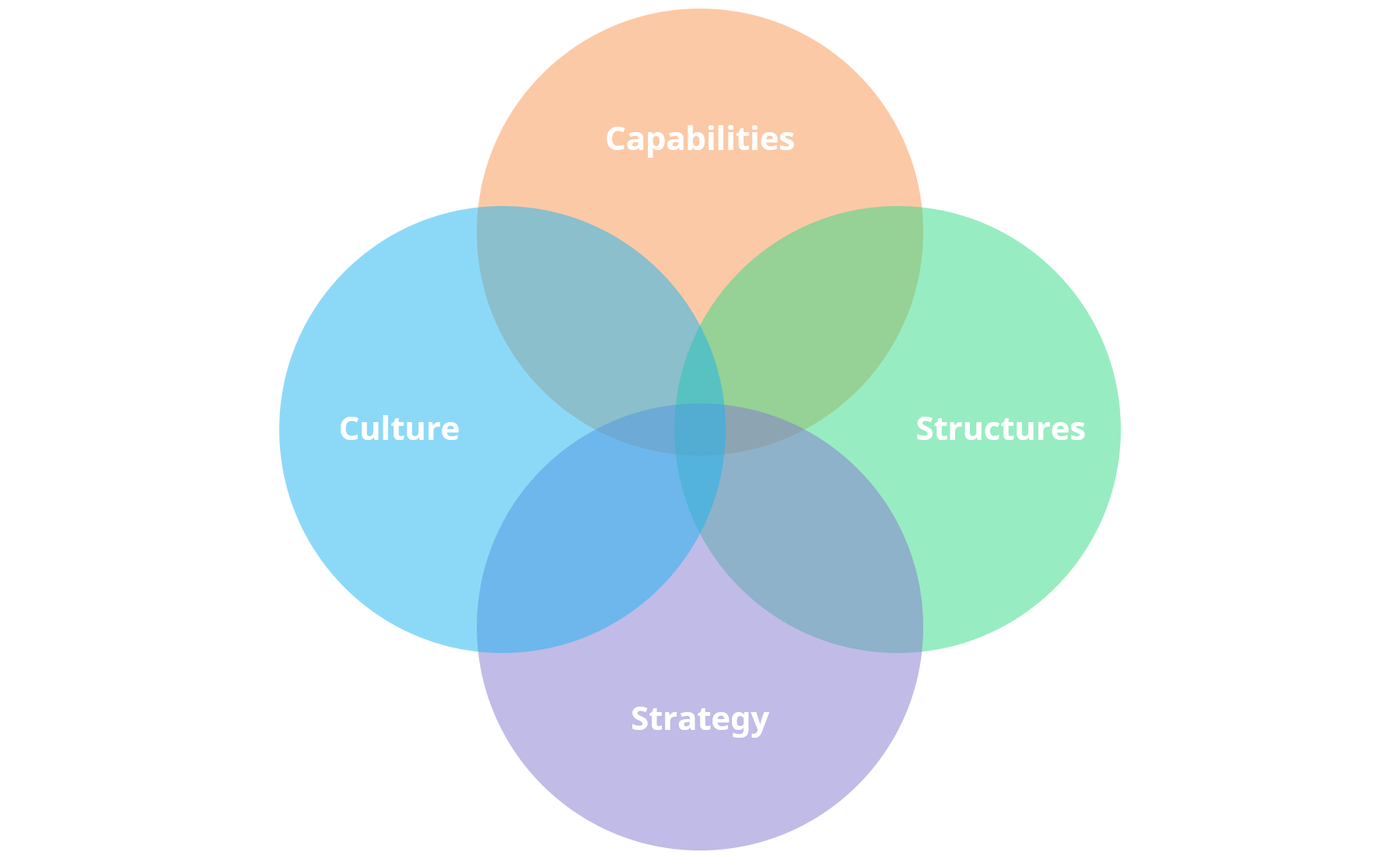Innovation management refers to the structured and strategic approach to fostering, implementing, and sustaining change and renewal within organizations. It is a vital discipline that encompasses both the creative generation of ideas and their successful implementation—balancing invention and execution within complex corporate environments.
Innovation management involves two key dimensions:
-
Managerial Function: As a dispositive function of management, innovation management ensures that organizational structures and resources (especially qualified personnel) are aligned to support innovation. This includes allocating resources at the right time and place, and managing processes in a way that is itself often innovative—depending on the organization’s size and dynamics.
-
Innovation Climate and Implementation: Successful innovation depends on both a favorable creative climate and the structured integration of new ideas. While invention refers to the origination of new ideas or technologies, innovation refers to their practical application and economic realization, as emphasized by economist Joseph Schumpeter (1912).
A core challenge in innovation management is overcoming resistance to change. Therefore, innovation processes require effective communication, influence, and coordination—especially in navigating the political and social dynamics of organizations. One influential framework for this is the Witte-Hauschildt Model (Witte 1973; Hauschildt 2004), which interprets innovation as a coalition problem within systems theory: proponents and opponents of change compete within the organizational system.
In this model, innovation is not only a technical or procedural challenge but also a social and power-based process, involving:
-
Content-related problems: Convincing others of the feasibility and value of an idea.
-
Leadership-related problems: Accelerating the acceptance and timing of implementation.
-
Organizational problems: Aligning internal structures and power dynamics to support innovation.
Hauschildt & Chakrabarti (1988) advanced the model by defining three key promoter roles in innovation:
-
Technical Promoter: Brings expert knowledge and credibility to the idea.
-
Power Promoter: Uses organizational influence to remove resistance and enable action.
-
Process Promoter: Ensures smooth coordination, timing, and conflict resolution.
These change agent roles are analytically useful in any innovation context, though they may be assumed by one person or distributed across teams, depending on organizational conditions. Later work by Folkerts (2001) added a dynamic layer to the model, enabling flexible role assignments based on evolving team structures.
Innovation management today is central to organizational survival and competitiveness, requiring not only idea generation but also strategic alignment, leadership, and cultural readiness to innovate.
« Back to Glossary Index






